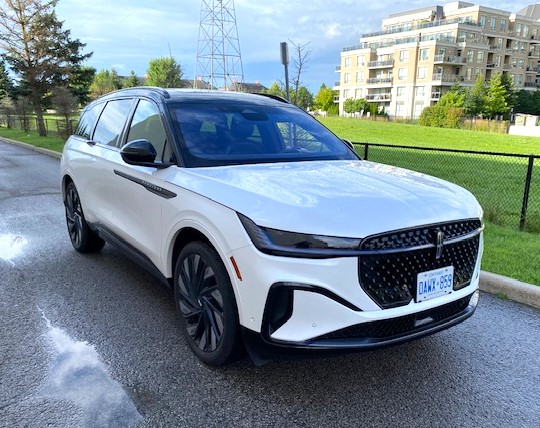
Nautilus fronted by a new interpretation of the Lincoln grille
History
The genesis of the current Lincoln began in 2007 with the first-generation Ford Edge-based Lincoln MKX. The second-generation MKX, again based on the Ford Edge, debuted for 2016 and continued, with a 2019 name change to Nautilus, until the end of the 2023 model year. Though the Ford Edge has been discontinued for the North American market, it is available overseas, including in China, and forms the basis of the new Nautilus.
Model Mix
The Nautilus is offered in a single trim called the Reserve. Two powertrains, a 2L turbo four with 250 horsepower and a 2L hybrid rated at 310 horsepower, are offered. The 2L turbo is hooked up to a conventional eight-speed automatic transmission with the hybrid sending power to the wheels via a CVT. All-wheel drive is standard regardless of powertrain.
| Vehicle tested | 2024 Lincoln Nautilus Reserve |
| Body style | Four-door crossover |
| MSRP as tested | $74,350 |
| MSRP spread | $61,900 – $74,350 |
| Engine | 2L-4 turbo (250 HP) |
| Transmission | Eight-speed automatic |
| Drive system | All-wheel drive |
| Observed fuel economy | 11.7L/100 km |
Styling

Elegant side profile of the Nautilus. Door handles are cleverly incorporated into the beltline trim
The large grille is bisected at its upper reaches by a line that emanates from the headlamps. An air intake sits at the bottom of the front fascia, the low extremities of which are punctuated by black accents. The side profile is quite clean but has some interesting black inserts on the lower doors and rocker panels as well as a slim accent bearing the Nautilus moniker adorning the front fenders and doors. The electrically-triggered door handles are neatly incorporated into the beltline moulding. The rear styling is particularly neat, with Lincoln script incorporated into the span between the rear lights, but in such a subtle way that few people will notice it.
Interior
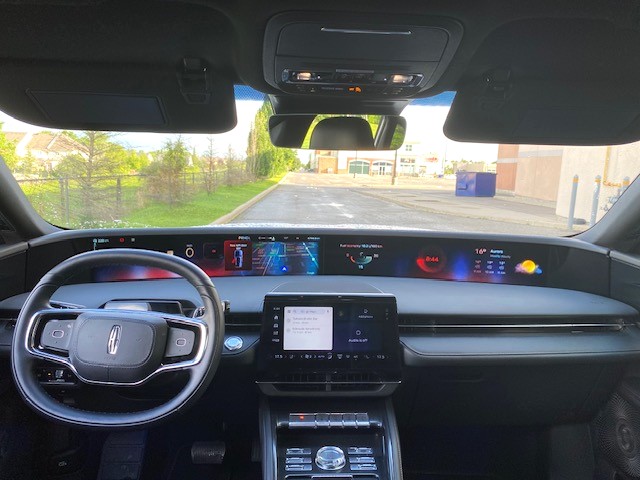
Door-to-door info screen is a dramatic accent. “Quartic” steering wheel is necessary to prevent blocking the screen
The dashboard is a slim, low-line element that is topped by a shallow screen that spans the entire space between the front doors. The driver faces a digital gauge package, with a navigation display at its right, with the rest of the space being configurable to show chosen elements. Lincoln has fashioned a “Quartic” steering wheel, last seen on the Austin Allegro of the 1970s, to prevent the expansive displays from being blocked by a conventional wheel. The dash is punctuated by a continuous strip that conceals the air vents. A free-standing infotainment screen contains touch surfaces for various functions vertically on the left, with a variety of touch surfaces for climate situated along the bottom of the screen. There are no buttons or knobs for audio functions other than the on-off-volume knob. Gear selection is via a series of piano keys, which work well enough but the Nautilus may not be a car to loan to someone. Cabin materials are very attractive, including supple leather upholstery and large alloy panels that cover the audio speakers. The front seats are large, luxuriously padded, multi-adjustable and offer a massage function. Space is abundant for front occupants and the rear seat is very supportive with impressive legroom. Cargo space is regularly shaped and ample.
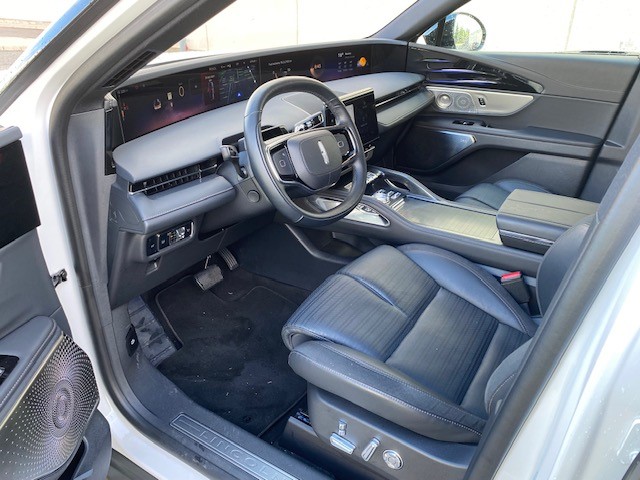
Stylish and luxuriously outfitted cabin of the Nautilus. Dash vents cannot be adjusted adjusted directly
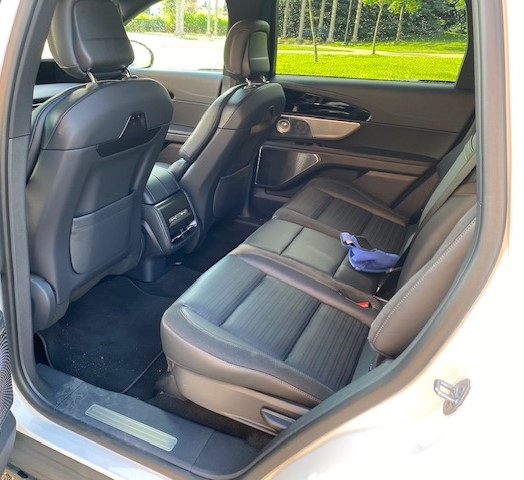
Roomy and comfortable rear seat
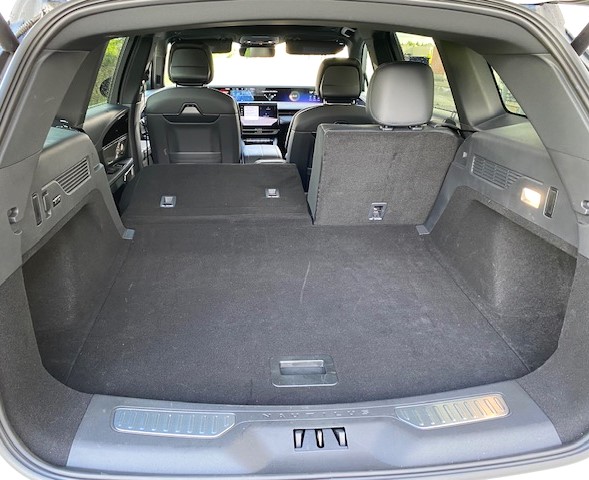
The commodious cargo area of the Lincoln Nautilus
Performance
The 2L turbo four under the hood of the APA’s test car is quick and flexible. Unlike the raucous 2L turbos in competitive cars, the engine in the Nautilus is impressively quiet. The 2L is mated to a conventional eight-speed automatic transmission that just gets its work done without fuss. Observed fuel economy of 11.7L/100 km is frugal for such a large, fast vehicle. Unlike other makers that force buyers into premium fuel to add a few “advertised” horsepower that can’t really be discerned while driving, Lincoln opted to let the Nautilus run on regular gas.
The other road performance elements of the Nautilus are sadly, underwhelming.
Handling is steady but hardly precise or involving.
Despite the massive 255/45/22, low-profile tires, the Nautilus displays superficially absorbent ride characteristics on smooth pavement but the ride loses its composure on any bump of consequence and can even wallow on moderate undulations.
The steering is nicely weighted, quick enough, holds its line well on the highway but doesn’t telegraph any road surface information up to the driver.
Braking is strong but brake feel is spongy and the driver feels that there is an unseen force on the back side of the pedal pushing back.
With little noise from the wind, road, or the powertrain, the Nautilus is a cocoon of serenity.
Air conditioner performance is impressive during sultry summer weather and the front seat chillers work very well. There is no way to adjust the dash vents directly, with any change in air flow direction handled by electrically-adjustable vanes behind the actual vents. This is an over complication and lacks the flexibility and precision of being able to aim the vents yourself.
Conventional steering wheel-mounted controls have been replaced with touch surfaces that are difficult to manipulate while driving, and thus unsatisfactory.
The infotainment system is a mixed bag. The voice control works well for radio adjustment and for navigation but was glitchy when trying to use it to make a cellphone call.
The Revel-branded audio system delivers superior sounds.
Of concern for Toronto suburbanites, the transponder for Highway 407 does not work in the Nautilus.
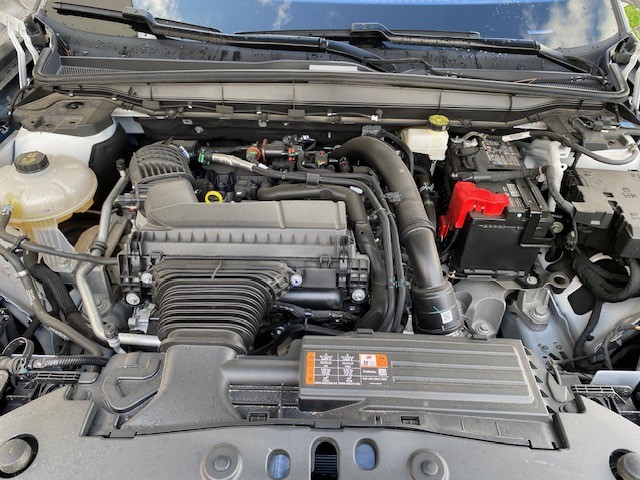
2L turbo four delivers solid acceleration, refinement and good fuel economy
Pricing
At just under $62,000, even the most basic Nautilus is expensive and our option-laden model topped out at over $79,000. The hybrid variant is priced $3500 higher than the 2L turbo four. The option packages, including the 203A package and the Jet Black Appearance package, are very expensive for the content they contain. Leasing is very good value this year.
At around 20 percent less than the value of a similarly-equipped BMW X3 of the same age, resale value is not great, highlighting the wisdom of leasing. The 2L turbo accounts for the bulk of sales, but about 30 percent of buyers opt for the hybrid. Sourced in China, delivery times for the Nautilus can be lengthy.
Conclusions
In terms of style, cabin design, luxury and refinement, the new Lincoln Nautilus is in the first rank of luxury crossovers. However, with poor brake feel, numb steering, unimpressive ride and uninvolving handling, its on-the-road performance is underwhelming. Lincoln does a good job at concealing pedestrian underpinnings on its vehicles like the Corsair and Aviator, but somehow the Nautilus comes up short and betrays its modest origins.
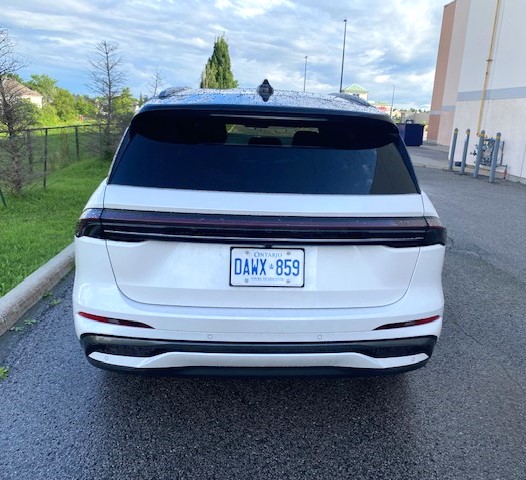
Lincoln script incorporated in the trim strip between the taillights is so subtle as to be virtually invisible
